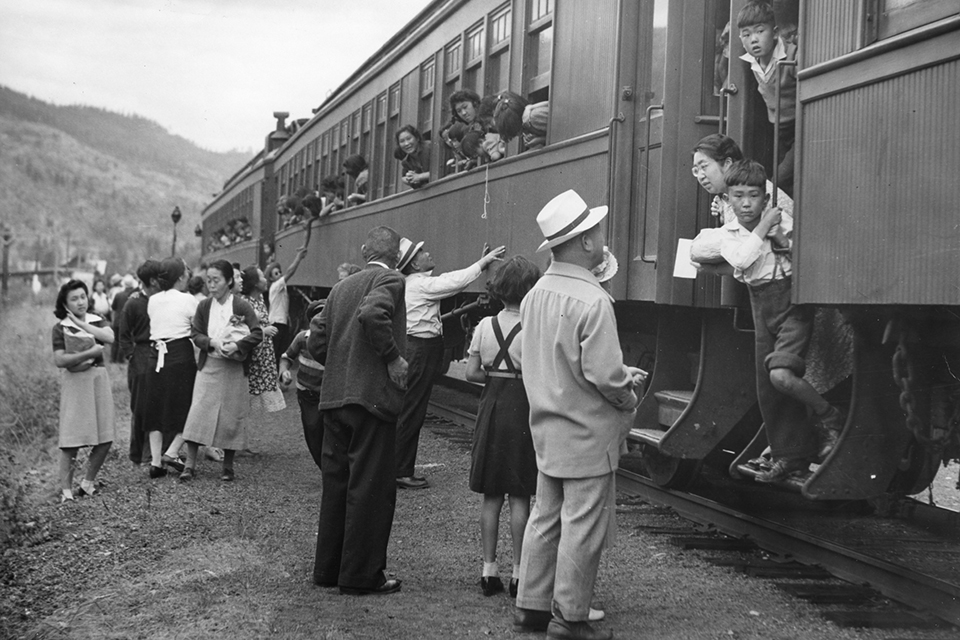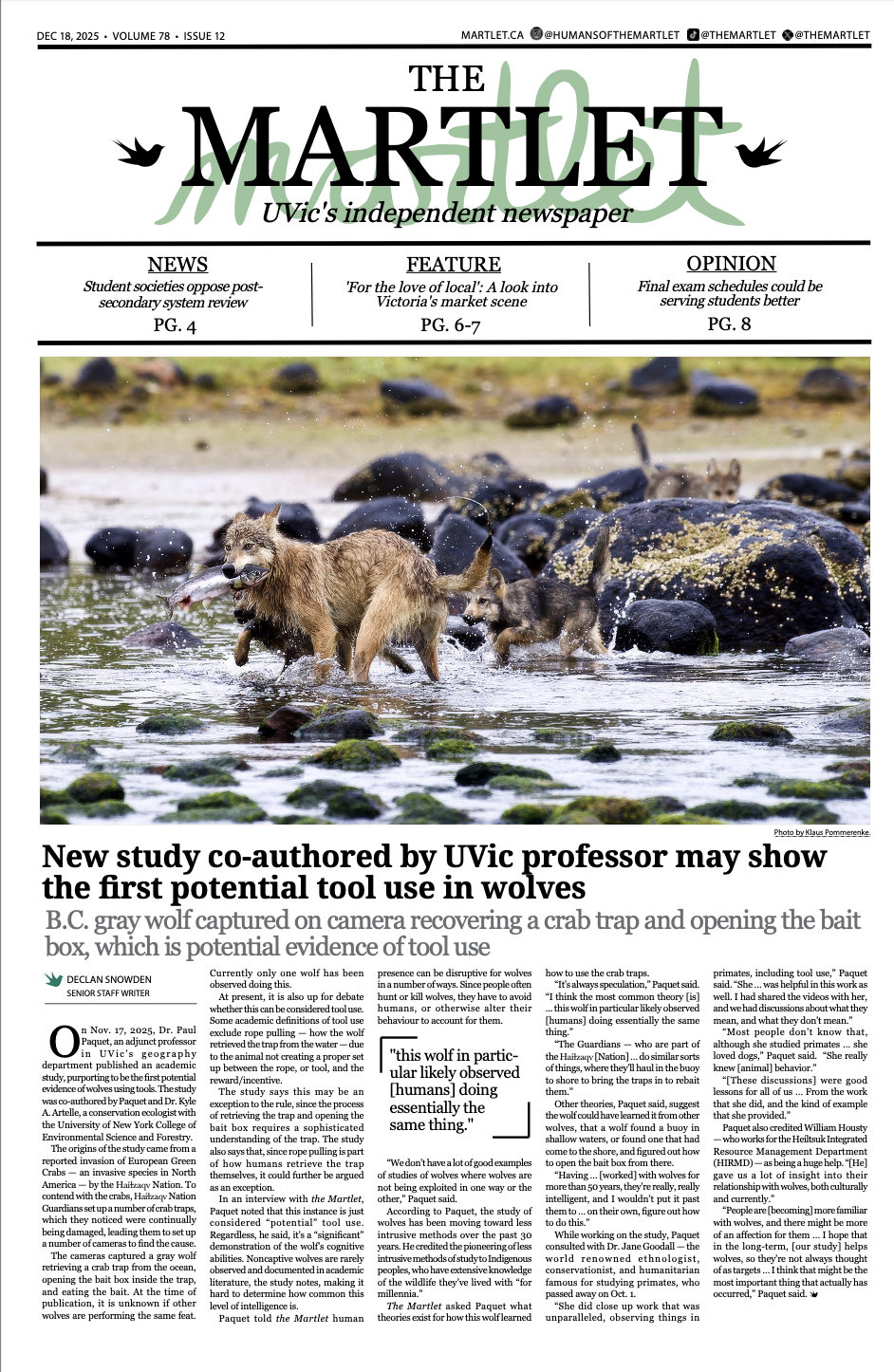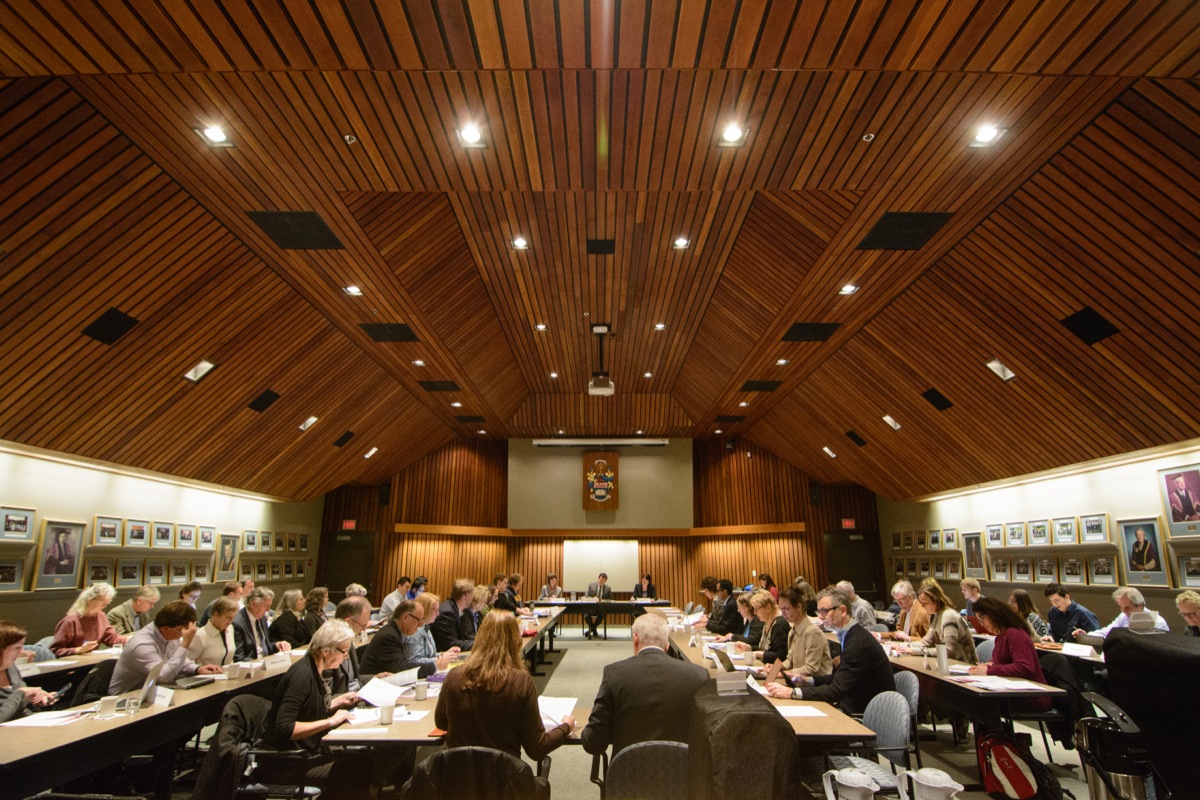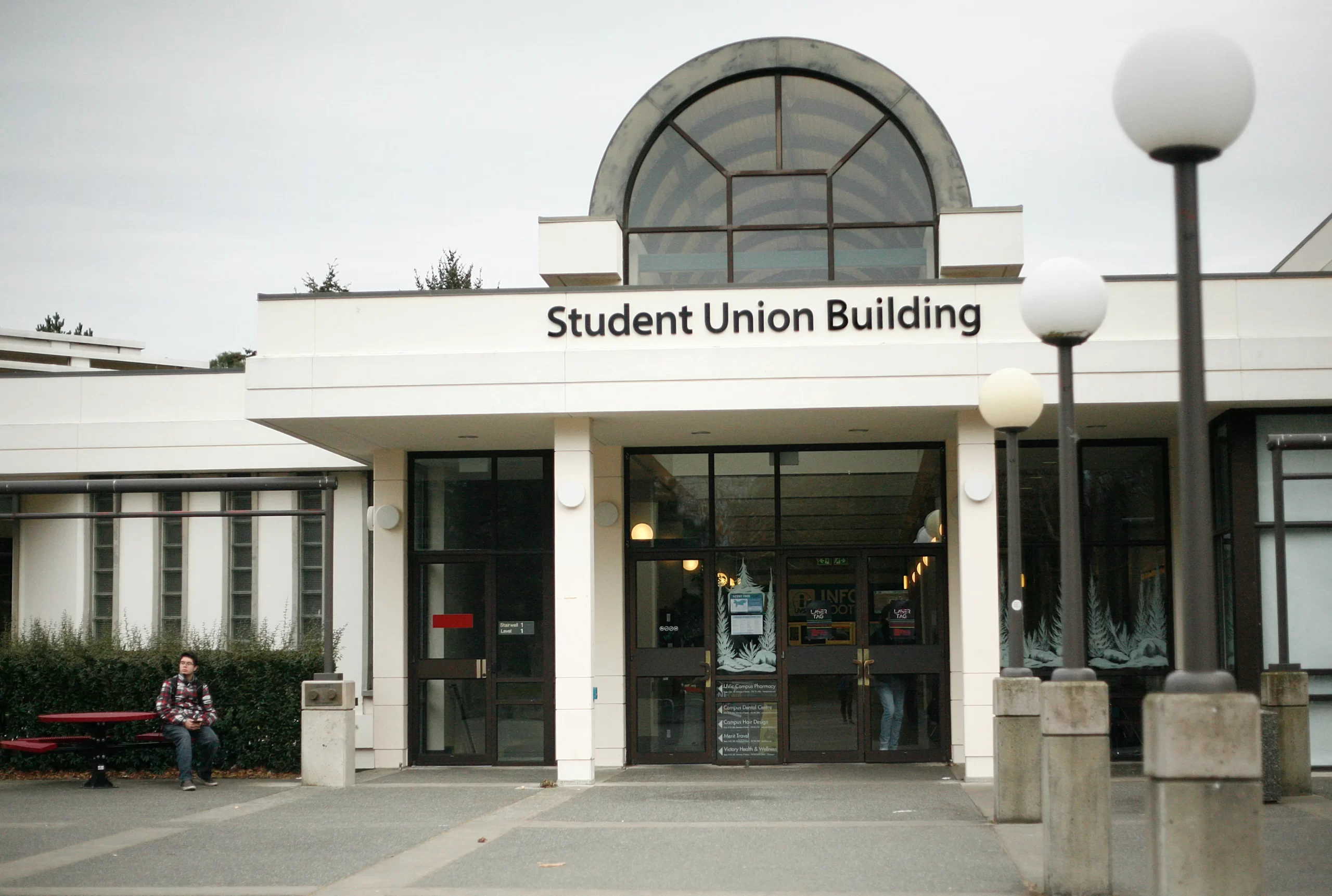“Broken Promises” explores the racist failures of mid-20th century Canadian policy

On Sept. 26, the Landscapes of Injustice project launched “Broken Promises,” a new national exhibition focused on the history of Japanese-Canadian internment camps in Canada between 1942 and 1949.
The exhibit is the result of seven years of multidisciplinary research by the Landscapes of Injustice project: a research collective focused on exploring the Canadian policy that led to this mass denial of civilian rights on racial grounds and the effects of it. Directed by UVic’s own Dr. Jordan Stanger-Ross, Landscapes of Injustice aims to highlight Canada’s often ignored “collective moral failure” — the displacement and dispossession of over 22 000 Japanese-Canadians who were taken from their homes and placed in internment camps during World War II.
The title of the exhibit, “Broken Promises,” references the Canadian government’s failed promise to return property and possessions to the displaced families upon the end of the war. Instead, the government sold off seized possessions and property at low rates. The money was given to the interned individuals — who were then charged to pay for their sustenance within the camps. When the camps closed in 1949, nothing remained for the recently liberated Japanese-Canadians. Because of this injustice, there are no historic Japanese-Canadian neighbourhoods left in the country.
The exhibit seeks to highlight that these acts of dispossession and destruction go beyond fears of a Japanese invasion of Canada and stem from a systematic mistreatment of Canadian citizens on racial grounds.
“Most of the real estate, businesses, homes, and farms had [non-Japanese-Canadian] tenants,” said Stanger-Ross. “No one imagined that that property or the personal belongings of Japanese-Canadian posed any kind of security threat.”
Yet, these properties and belongings were still sold off by the government, despite laws being in place that assured their protection.
“So then the question becomes, why does the government break that promise?” said Stanger-Ross.
The exhibit itself explores the lives of seven Japanese-Canadian individuals who lost their homes and possessions despite promised protection from the Canadian government. Through a series of personal interviews, original photos, and primary documentation, the Broken Promises exhibit seeks to tell the stories of those directly and generationally affected by the internment camps while recognizing Canada’s perpetration and guilt for these acts.
To highlight the diversity of responses and individuals affected in the Japanese-Canadian community, Landscapes of Injustice conducted over 150 interviews and examined hundreds of thousands of primary source material. The compiling of this information for the Broken Promise exhibit was conducted by two people at UVic, a postdoctoral fellow, and a former master’s student, and one doctoral student from SFU.* It was their work that selected the seven individuals focused on in the exhibit to showcase the humanity and diversity of those affected by the internment and dispossession.
“Broken Promises” premiered in Burnaby, B.C. at the Nikkei National Museum & Cultural Centre. The exhibit will be heading to Toronto and Halifax before returning west and coming to Victoria’s Royal BC Museum in early 2022.
The project’s website states that, “a society’s willingness to discuss the shameful episodes of its history provides a powerful gauge of democracy.” The project emphasizes the importance of confronting these hard truths about Canadian history. Though a lot of research has been done on Japanese-Canadian deportation during World War II, little has been said about the injustices and deprivation of rights suffered by Japanese-Canadians on Canadian soil.
“What do we do when our differences seem greater than our commonalities with one another?” says Stanger-Ross. “I think those are challenges that will face us in the coming century. Being aware of the histories of injustice is one tool in confronting those future challenges.”
*A previous version of the article stated all of the three were students at the post-Masters level. This has since been corrected.








